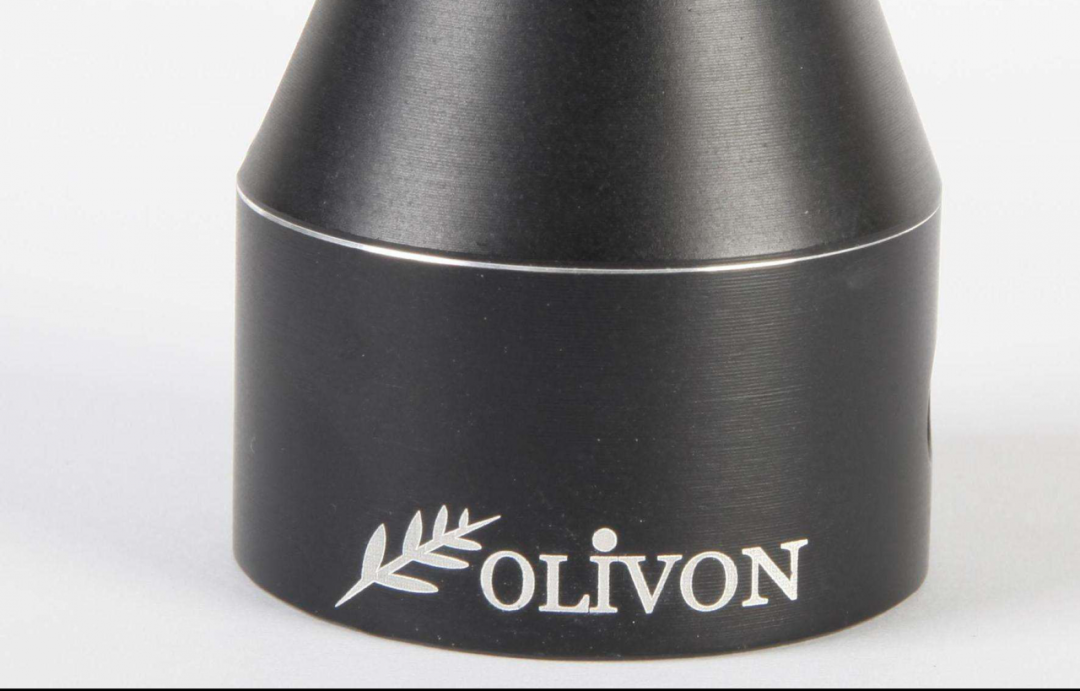Laser engraving is a common surface treatment process. Similar to screen printing and pad printing, it is used to print words or patterns on products. However, compared with them, laser engraving has the advantages of fast marking speed, beautiful patterns, high resolution, good wear resistance, high precision, and low cost.
Laser engraving, also known as laser carving, is based on numerical control technology with laser as the processing medium. The physical transformation of the processing material, which instantaneously melts and vaporizes under the irradiation of laser engraving, enables the laser engraving to achieve the purpose of processing. Laser engraving is to use laser technology to engrave words on objects. The words engraved by this technology have no engraving marks, the surface of the object remains smooth, and the writing will not wear off.

According to different engraving methods, it can be divided into dot matrix engraving and vector cutting.
It is similar to high-definition dot matrix printing. The laser head swings left and right, engraving a line composed of a series of dots each time. Then the laser head moves up and down simultaneously to engrave multiple lines, forming a whole page of images or words. The scanned graphics, words, and vectorized graphics and texts can all be engraved using dot matrix engraving.
Vector cutting is different from dot matrix engraving. Vector cutting is carried out on the outer contour lines of graphics and texts. We usually use this mode to perform penetrating cutting on materials such as wood, paper, and acrylic, and can also perform marking operations on the surfaces of various materials.
Laser engraving technology can be divided into two principles according to its application:
It utilizes the high-intensity focused laser beam emitted by the laser to melt and vaporize the material at the focal point, thereby processing it.
The marking effect is achieved by evaporating the surface material to expose the deeper material, or by causing chemical and physical changes in the surface material through light energy to leave marks, or by burning off part of the material through light energy to "engrave" marks, or by burning off part of the material through light energy to reveal the required engraved graphics and words.

The materials that can be processed by laser engraving are very extensive. Generally speaking, laser engraving machines can engrave the following materials: bamboo and wooden products, plexiglass, metal plates, glass, stone materials, crystal, paper, double-color plates, aluminum oxide, leather, plastic, epoxy resin, polyester resin, and metal with plastic spraying.
Laser engraving can be applied to almost all materials. Hardware and plastics are common application areas.
Most of the characters on keyboards are engraved by laser engraving.
Patterns and decorations are directly engraved on hardware products.
A straight-grained effect is engraved on hardware products.
It has a wide range of applications, is safe and reliable, has high processing precision, is energy-saving and environmentally friendly, is fast and efficient, and has a low cost.
It can only cut plates and tubes with a relatively low thickness. The equipment cost is high, and the one-time investment is large. It can only perform two-dimensional plane scanning in the x and y directions and cannot be used to process high-hardness and low-flash-point metal materials.